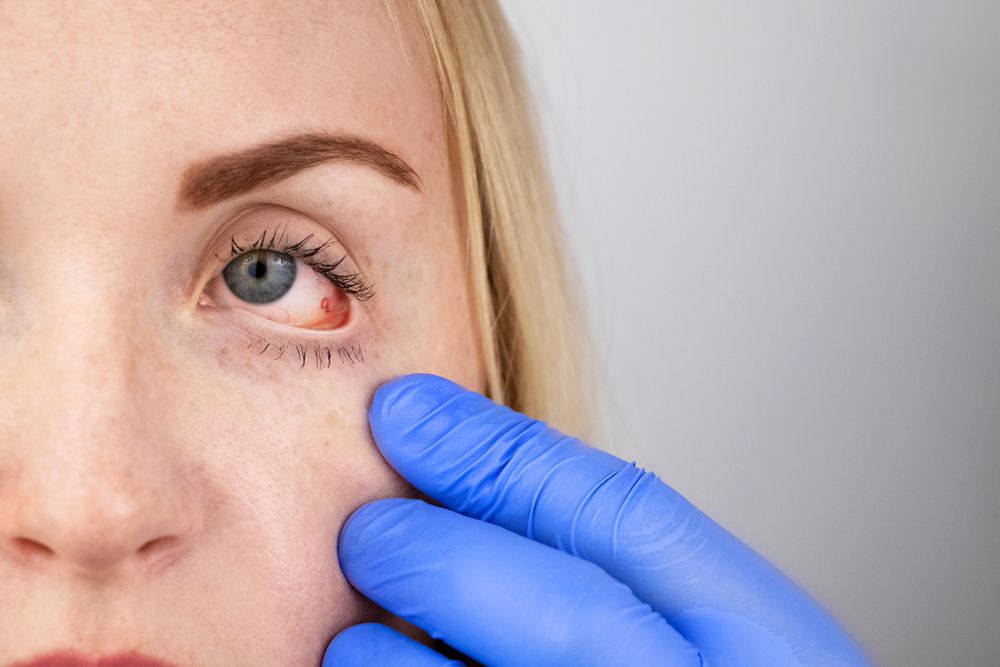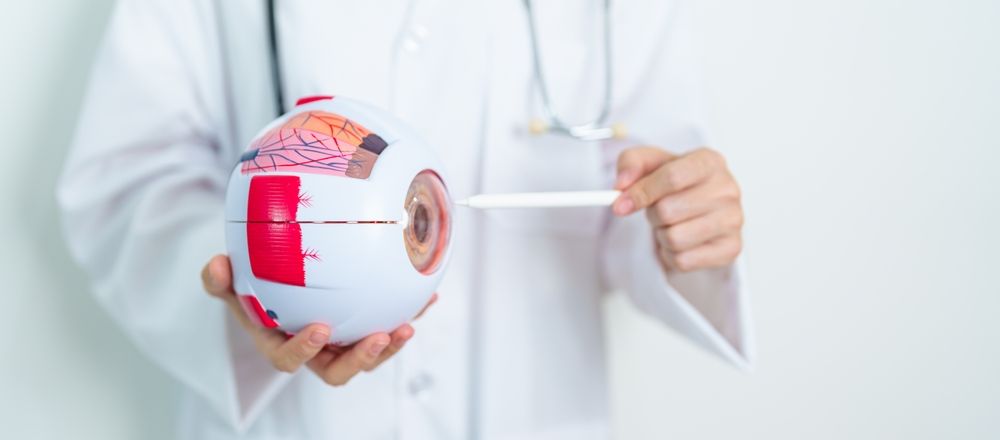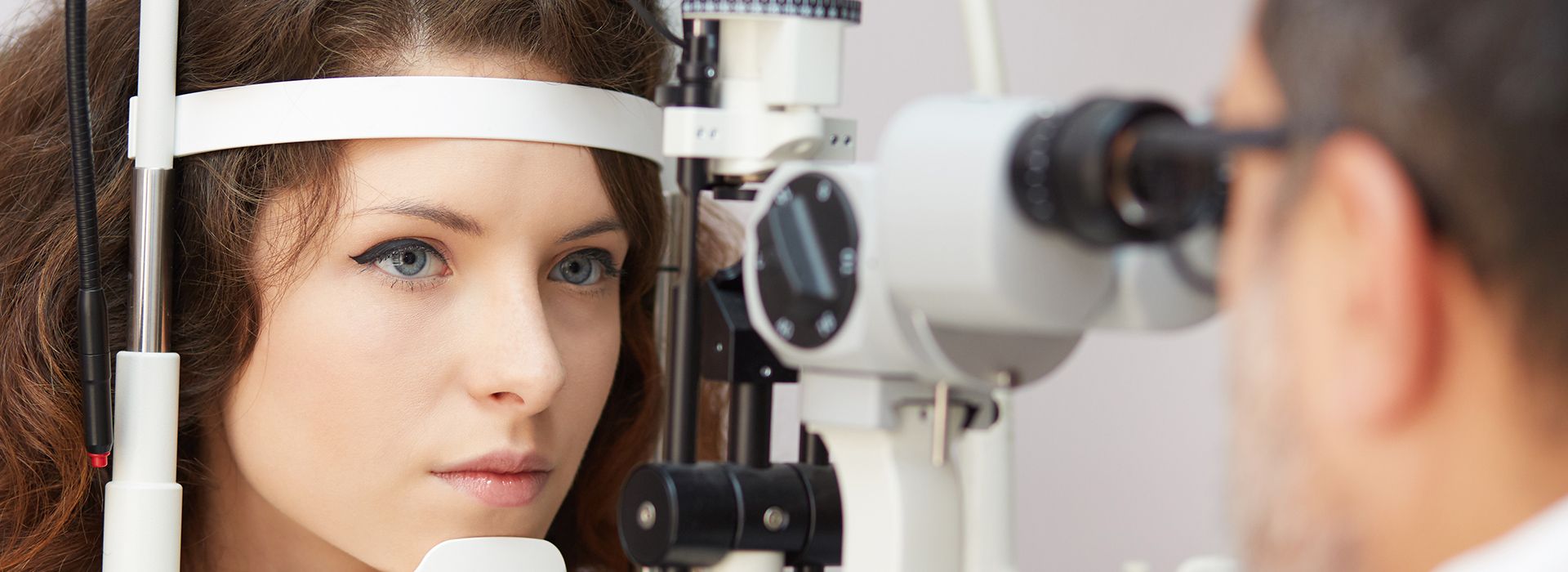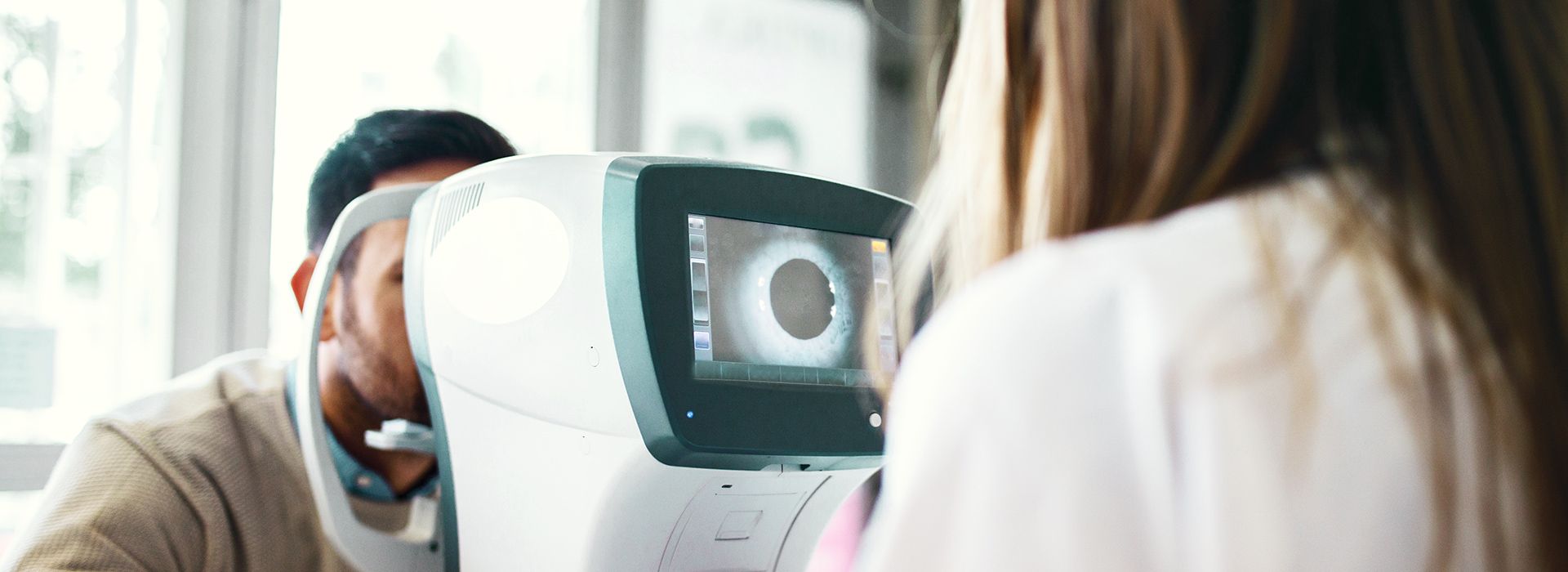Fier Eye Care & Surgery Center Blog
Learn more about optometry care in our blog!

Droopy eyelids is a common condition that affects the appearance and function of the eyes. Whether you're dealing with age-related eyelid sagging or a congenital condition, understanding the available treatment options can help you make an informed decision and regain your confidence.

The cornea is the clear, dome-shaped front part of your eye that helps focus light into your eye, allowing you to see clearly. When the cornea becomes damaged or develops a disorder, it can significantly impact your vision and overall eye health. Corneal disorders can range from relatively minor issues like dry eye to more serious conditions like keratoconus or corneal ulcers. Understanding the different types of corneal disorders, their symptoms, and the diagnostic process is crucial for seeking proper treatment and maintaining healthy vision.

Keratoconus is a progressive eye condition that causes the cornea, the clear front part of the eye, to thin and bulge into a cone-like shape. This irregular shape can lead to significant vision problems, such as blurred and distorted vision, sensitivity to light and glare, and the need for frequent changes in eyeglass or contact lens prescriptions.

Chronic conditions, such as diabetes and hypertension, are persistent health issues that require ongoing management and care. These conditions can have far-reaching effects on various aspects of your well-being, including your eye health. Understanding the interconnections between chronic conditions and common eye problems is crucial for taking proactive steps to safeguard your vision and overall health.

As you navigate through life's journey, maintaining clear vision is crucial for enjoying its beauty and navigating its challenges. However, a common eye condition known as cataracts can gradually impair your visual clarity, casting a veil over the vibrant world around you. Understanding the nature of cataracts and recognizing their symptoms is the first step toward preserving your precious sight.

If you have been diagnosed with a vision problem and need corrective lenses, it's important to understand your contact lens prescription. Contact lenses require precise measurements and specifications to ensure proper vision correction.

Diabetes can have a significant impact on vision, and one of the most serious complications is the increased risk of developing glaucoma. By understanding this connection and taking proactive steps, individuals with diabetes can protect their vision and maintain their eye health.

LASIK is refractive eye surgery that can correct common vision problems such as nearsightedness, farsightedness, and astigmatism. It is a safe and effective procedure that has helped millions of people around the world achieve clear vision without the need for glasses or contact lenses.

Recurrent corneal erosion syndrome (RCES) is a condition that affects the cornea, the transparent front part of the eye. The cornea plays a crucial role in focusing light onto the retina, allowing us to see clearly. However, in individuals with RCES, the cornea is prone to repeated episodes of damage. The cornea has a unique structure, consisting of several layers that work together to maintain its integrity. In RCES, the outermost layer, known as the epithelium, becomes weak and easily detached from the underlying layers. This detachment causes intense pain and discomfort, often described as a feeling of something gritty or sandy in the eye.

Macular degeneration is a common eye condition that affects millions of people worldwide. It is a progressive disease that primarily affects the macula, the central part of the retina responsible for sharp and detailed vision. Macular degeneration can lead to significant vision loss and is one of the leading causes of blindness in older adults.








